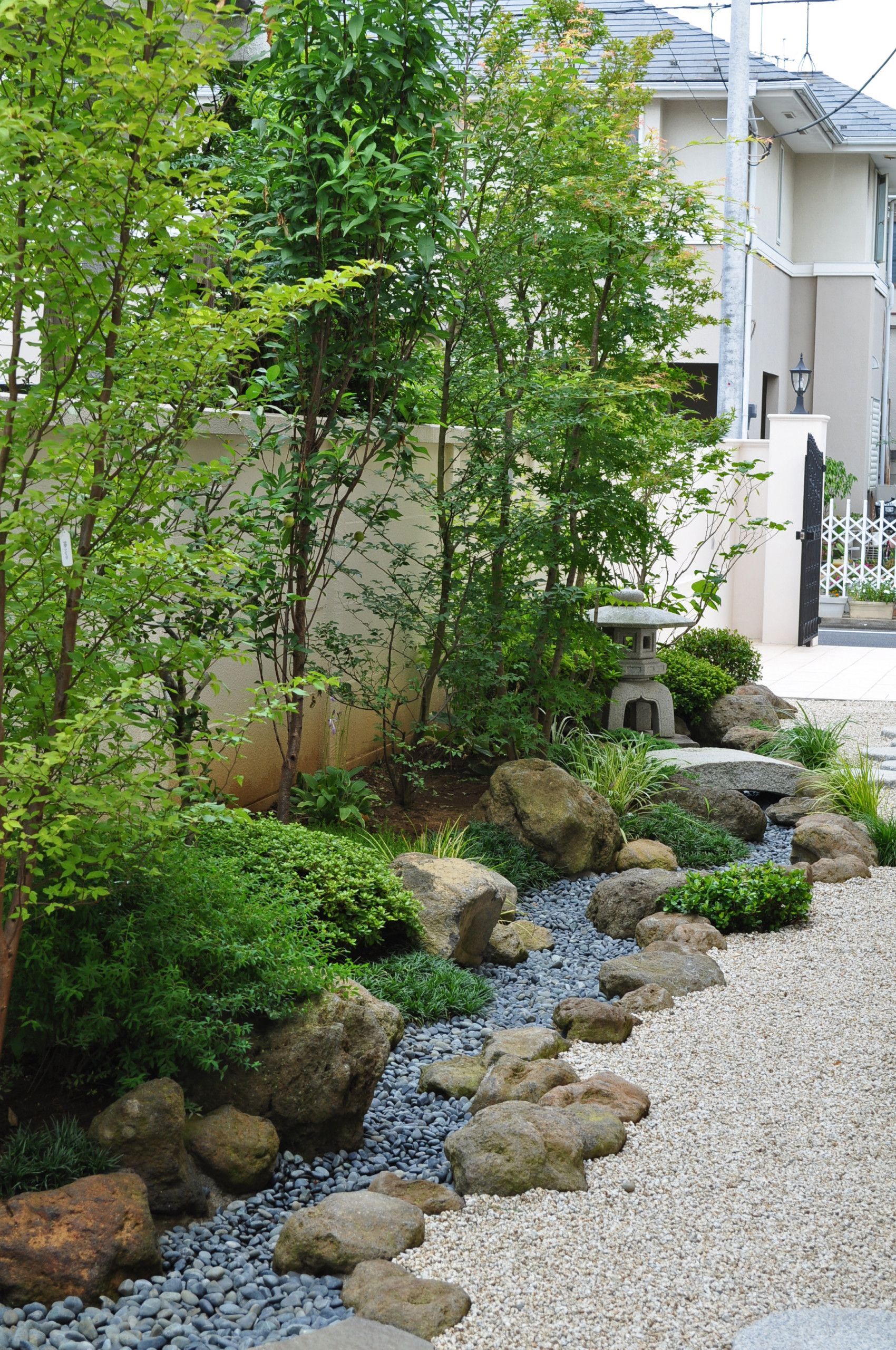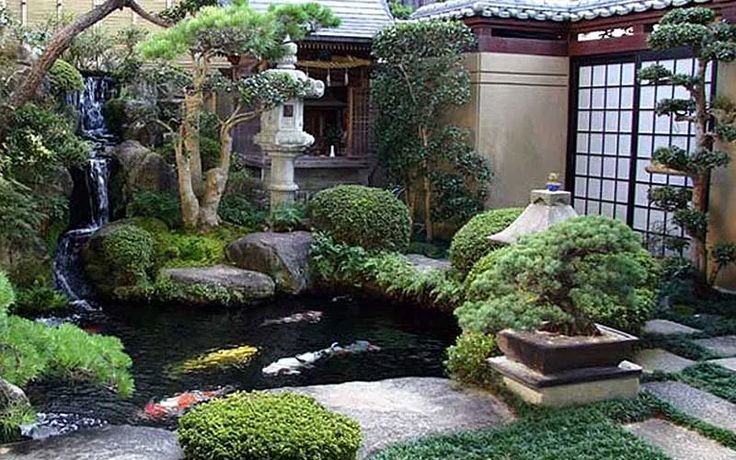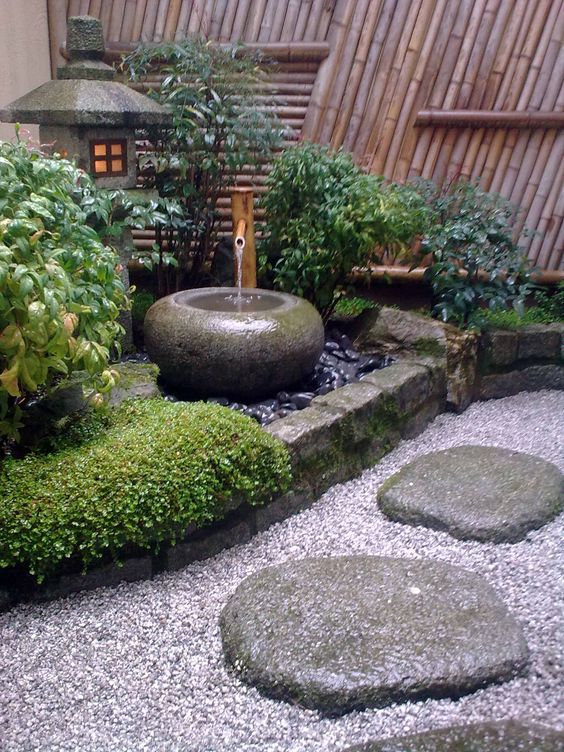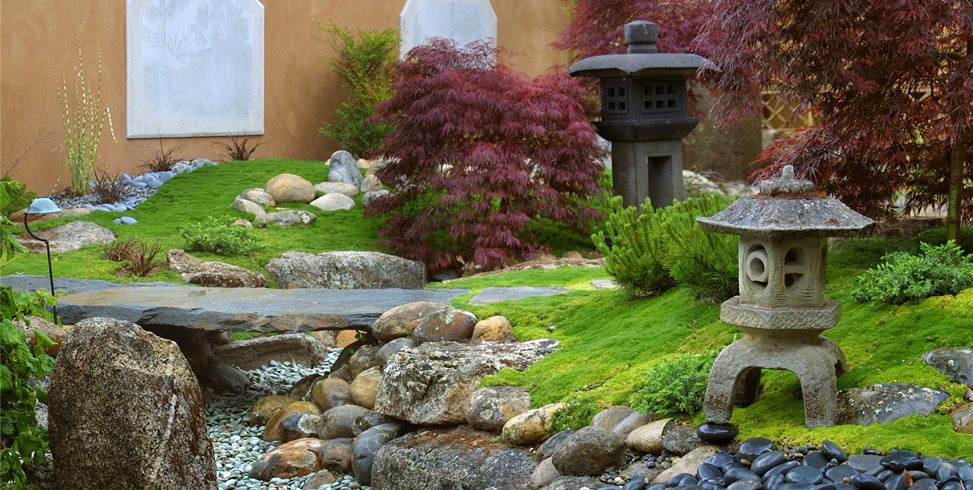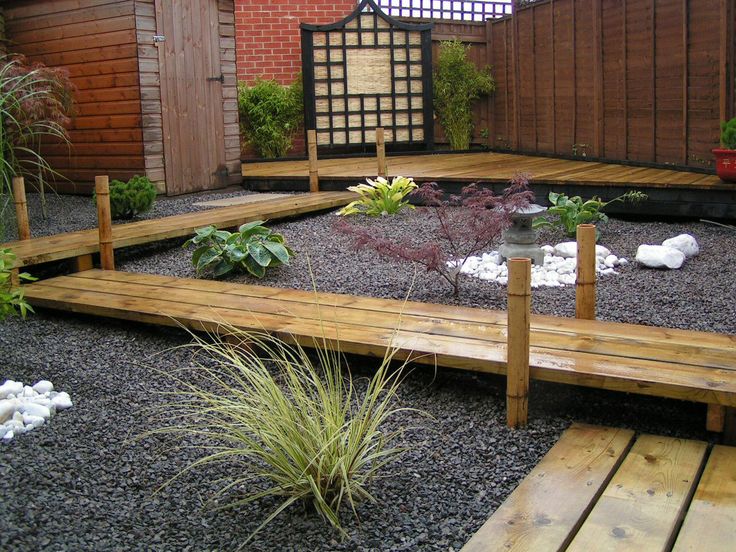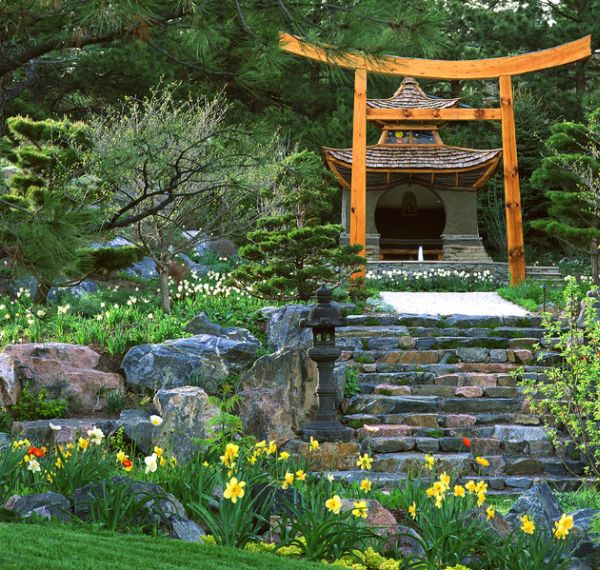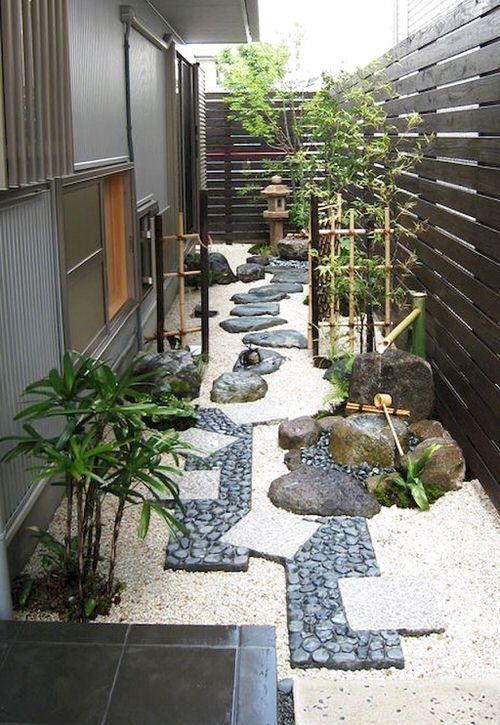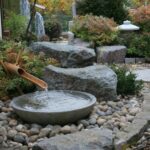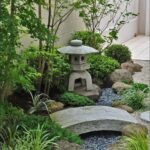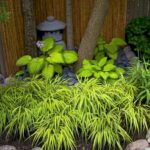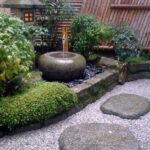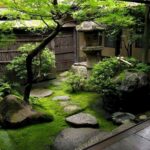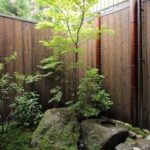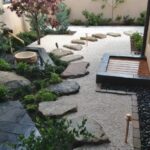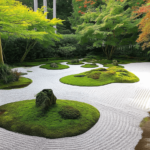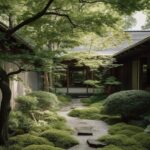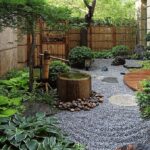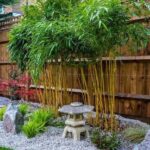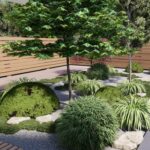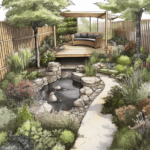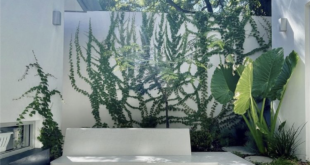Japanese backyard garden design is known for its serenity, simplicity, and harmony with nature. These gardens are carefully planned and meticulously designed to create a peaceful and tranquil oasis that promotes relaxation and mindfulness. From carefully placed rocks and stones to meticulously pruned trees and plants, every element in a Japanese garden has a purpose and significance.
One of the key features of Japanese backyard garden design is the use of water. The Japanese believe that water symbolizes life, purity, and rejuvenation. Water features such as ponds, streams, and waterfalls are common in Japanese gardens, and they are often designed to mimic the natural flow of a river or the gentle sound of a babbling brook. These water features not only add a sense of tranquility to the garden but also create a soothing and meditative atmosphere.
Another important element in Japanese backyard garden design is the use of rocks and stones. Rocks are often arranged in a carefully planned and intentional manner to create a sense of balance and harmony. They are often placed in groups of odd numbers, as odd numbers are considered to be more pleasing to the eye in Japanese culture. Stones are also strategically placed to create a sense of movement and flow, guiding the viewer’s gaze through the garden and creating a sense of depth and perspective.
Plants play a key role in Japanese backyard garden design as well. The Japanese have a deep appreciation for nature and strive to create a garden that reflects the beauty of the natural world. Traditional Japanese gardens often feature a variety of plants, including evergreen trees, maples, cherry blossoms, and bamboo. These plants are chosen not only for their aesthetic beauty but also for their symbolic meanings. For example, cherry blossoms represent beauty and the transience of life, while bamboo symbolizes strength and resilience.
In addition to plants, Japanese gardens often feature carefully curated moss and grassy areas. Moss is prized in Japanese garden design for its lush, velvety texture and vibrant green color. Moss gardens are often used to create a sense of tranquility and to mimic the look of a lush forest floor. Grassy areas, on the other hand, are used to add a sense of lightness and airiness to the garden, creating a natural, organic feel.
Overall, Japanese backyard garden design is a testament to the Japanese aesthetic philosophy of wabi-sabi, which values simplicity, imperfection, and impermanence. These gardens are meticulously designed to create a sense of harmony and tranquility, inviting visitors to slow down, relax, and appreciate the beauty of nature. Whether you have a small backyard or a sprawling estate, incorporating elements of Japanese garden design into your outdoor space can help create a peaceful and meditative retreat that promotes a sense of well-being and mindfulness.
 innstyled backyard design ideas
innstyled backyard design ideas
